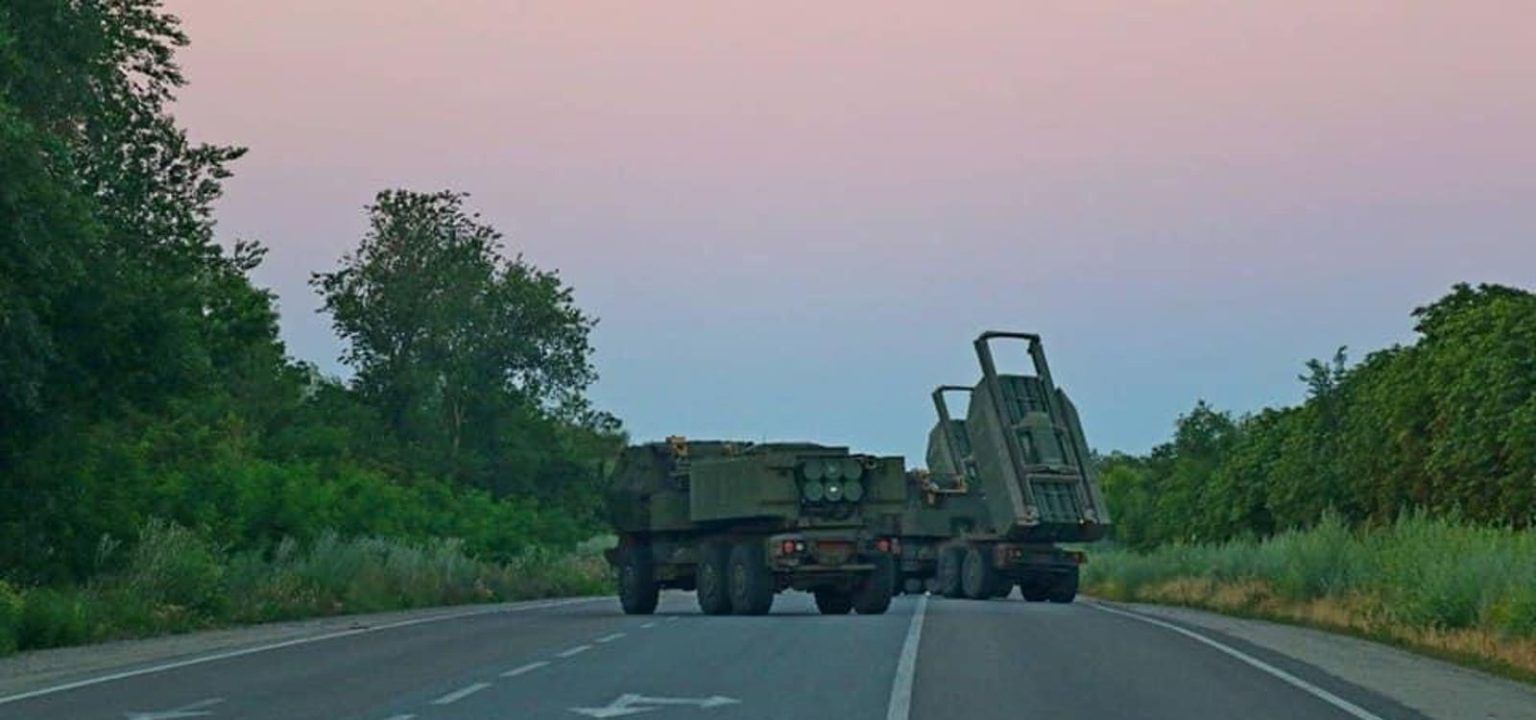The United States on Monday pledged to Ukraine a new batch of military aid. The $100-million package includes artillery shells, air-defense and anti-tank missiles and cold-weather uniforms.
It also includes exactly one High-Mobility Artillery Rocket System, or HIMARS. Exactly why the Americans would send another HIMARS when Ukraine already has 38 HIMARS plus 23 similar M270 tracked launchers—and hasn’t lost any of them—is hard to say for sure.
But one possibility is an exciting one for advocates of a free Ukraine. It could be that the Americans are providing exactly one extra HIMARS because they have modified the launcher to fire a new, long-range munition. The Ground-Launched Small-Diameter Bomb. A rare ground-launched weapon that’s as flexible as an air-launched weapon is.
The GLSDB is an air-dropped glide-bomb that U.S. defense firm Boeing and its Swedish partner Saab have modified for surface-to-surface strike. It can hit targets as far away as 90 miles—and should greatly expand the Ukrainian army’s deep-strike capability as Russia’s wider war on Ukraine grinds toward its third year.
The administration of U.S. president Joe Biden pledged the GLSDBs back in February, but stressed that the newly-built munitions would take months to reach the front line. In early October, Boeing executive Jim Leary said the company was “on track to deliver” the gliding munitions “in accordance with the government timeline.”
That might mean now. And if so, Russian forces across a wider swathe of Ukraine are in greater peril. Even forces hiding behind hills or buildings.
The GLSDB combines Boeing’s 250-pound Small-Diameter Bomb—with its GPS-aided inertial guidance, pop-out wings and different warhead options—with a 350-pound booster borrowed from the old M26 rocket.
“GLSDB provides commanders and planners with a highly flexible weapon that complements existing ballistic trajectory weapons to significantly expand current ground artillery capability,” Boeing stated.
The 227-millimeter-diameter M26, and by extension the GLSDB, should be broadly compatible with HIMARS and M270 launchers. But it’s possible the launchers require small changes to their hardware or software. That’s the best argument for the unverified notion that the single additional HIMARS in the latest U.S. aid package is associated with the imminent GLSDB delivery.
The GLSDB won’t be Ukraine’s most powerful or longest-range deep-strike munition. The Ukrainians possess 190-mile-range Storm Shadow and SCALP-EG air-launched cruise missiles as well as M39 rockets that, launched from a HIMARS or M270, range as far as 100 miles. The cruise missiles have bunker-busting tandem warheads. The M39s each scatter a thousand submunitions.
What GLSDB does that most other deep-strike munitions don’t do … is maneuver backward.
Where a traditional rocket—even a guided one—travels along a simple ballistic arc, a munition with a separable SDB can turn around for what Boeing described as a “reverse-slope” attack. That is, it could hit a target hiding behind a hill or in the construction and clutter of a city.
In weaponeering terms, a GLSDB is more akin to an air-delivered precision bomb than it is another ground-launched rocket. That was Boeing’s rationale for developing the ground-launched SDB in the first place.
“It really fits across a broader customer set because we’re taking an existing capability, maximizing it and creating an opportunity [for countries] that don’t have the ability to have a robust air force,” Leary told reporters in 2019.
While it might be unfair call the Ukrainian air force anything but “robust,” it’s undeniable that the scrappy air arm is small. Until ex-European F-16s begin arriving, it’ll possess just a hundred or so fighter and attack aircraft, all of them of Soviet vintage.
It’s not for no reason that the Ukrainian air force rarely risks its warplanes in bombing raids inside air space the Russians control.
In arming its 61 HIMARS and M270s with precision gliding munitions that can strike on the reverse of a slope, Ukraine can increase the number of Russian targets deep behind the front line that are vulnerable to Ukrainian attack—and do it without risking precious airplanes.
Read the full article here





